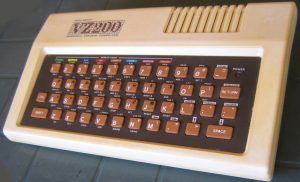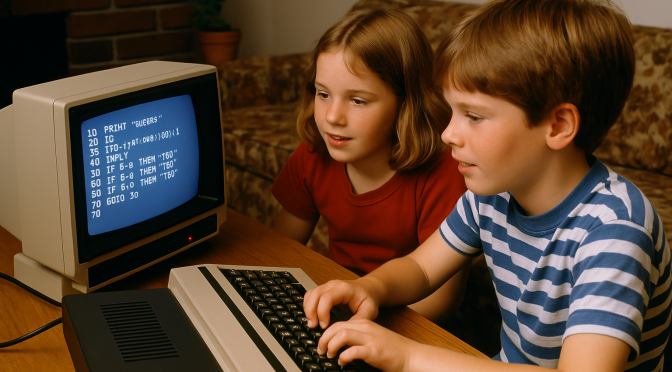Break out your cassette decks and retro keycaps, because Bill Gates just dropped some vintage gold for us tech nerds: the original source code for Altair BASIC – Microsoft’s first-ever product – is now free to download.
Yep, this is the code that kicked off a little side hustle you may have heard of… called Microsoft.
And for anyone who spent their childhood (or, let’s be honest, way too much of their adulthood) tinkering with early home computers like the Commodore 64, Apple II, or my personal favorite, the Dick Smith VZ200, this is a nostalgic blast from the silicon past.
Let’s dive into what BASIC was, why this release is such a big deal, and how Bill’s latest book, Source Code, ties it all together.
BASIC: The OG Gateway Drug to Programming
Back in the 70s and 80s, if you wanted to make a computer do anything cool—play a song, make text scroll, launch a pixelated UFO—you used BASIC. Short for Beginner’s All-purpose Symbolic Instruction Code, BASIC was designed to be simple, accessible, and—most importantly—fun.
Most microcomputers back then shipped with a version of BASIC pre-installed or easily loadable. It was the language for curious minds and bedroom coders.

If you had a Dick Smith VZ200—which launched in 1983 in Australia and New Zealand—you were likely pecking away in BASIC. That humble little machine with its 4KB of RAM (expandable to 16KB if you were feeling fancy) brought a generation of kids and tinkerers into the digital age.
Here’s the kind of thing we used to write:

